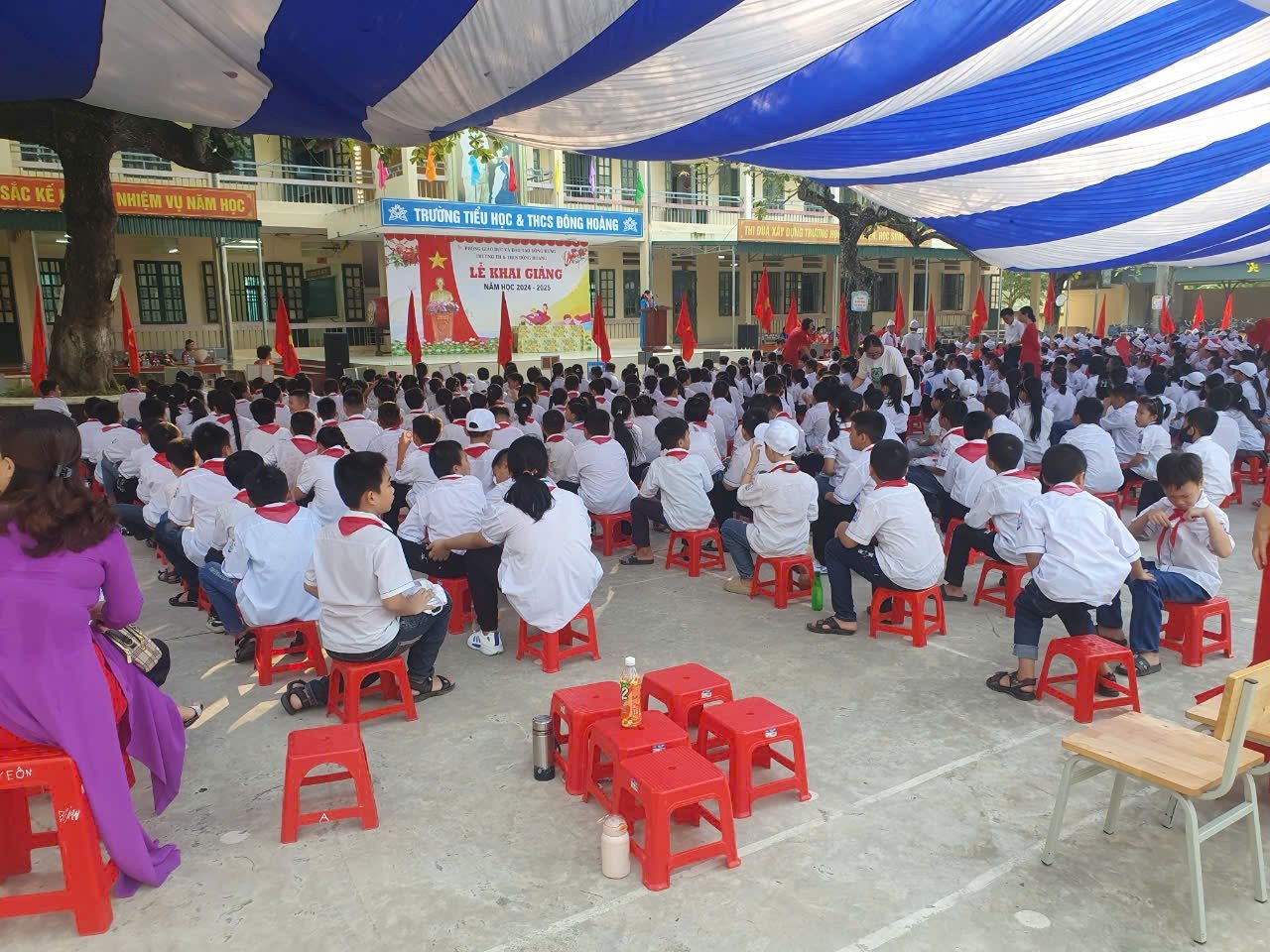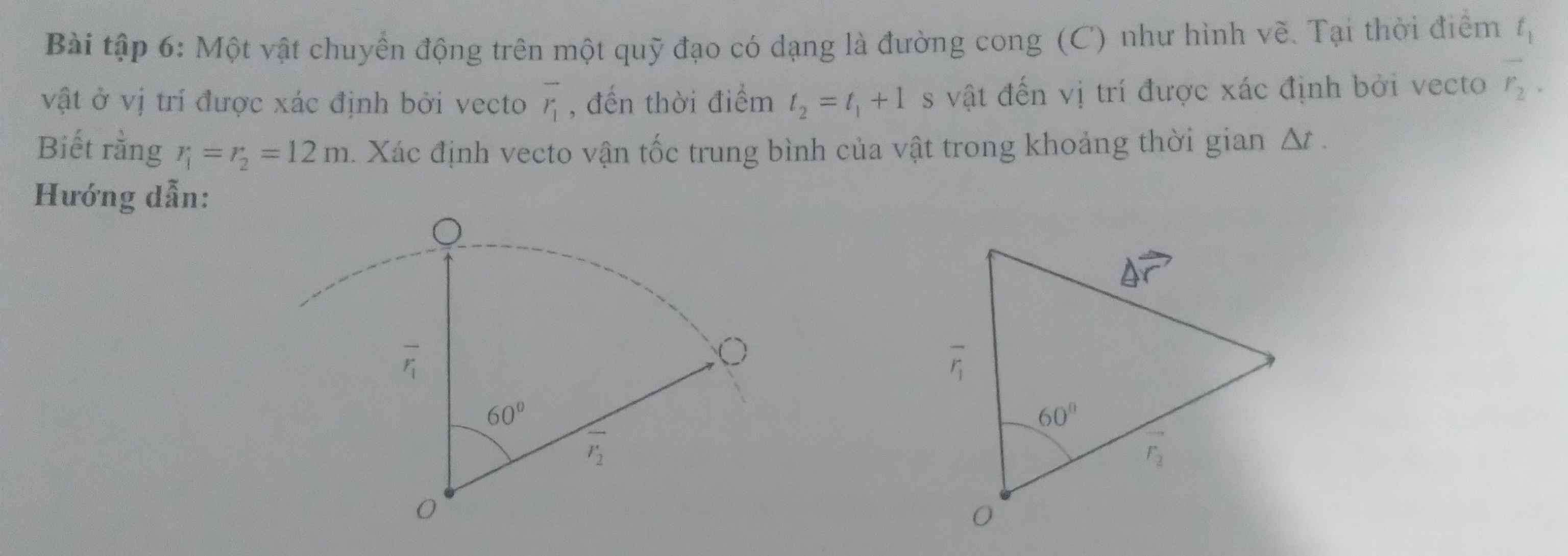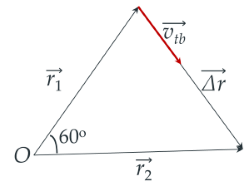Thông Báo Danh Sách Các Thí Sinh Nhận Quà Sự Kiện Cánh Cửa Thần Kỳ Và Đấu Trường IQ Và Chiến Binh OLM Tháng 8 năm 2024
Cô Thương Hoài thân ái chào tất cả các thành viên của Olm. Hòa trong không khí phấn khởi mừng ngày tết độc lập của nước ta, cùng với niềm vui và hạnh phúc được sống trong độc lập tự do trên đất nước bình an và hạnh phúc bên gia đình là niềm vui bất...
Đọc tiếp
Thông Báo Danh Sách Các Thí Sinh Nhận Quà Sự Kiện Cánh Cửa Thần Kỳ Và Đấu Trường IQ Và Chiến Binh OLM Tháng 8 năm 2024
Cô Thương Hoài thân ái chào tất cả các thành viên của Olm. Hòa trong không khí phấn khởi mừng ngày tết độc lập của nước ta, cùng với niềm vui và hạnh phúc được sống trong độc lập tự do trên đất nước bình an và hạnh phúc bên gia đình là niềm vui bất ngờ từ Olm. Đó là món quà của Olm dành cho các bạn tham gia cuộc thi: "Học Cùng OLM Mỗi Ngày Học Giỏi Học Học Hay" Toàn quốc năm 2024.
Để nhận thưởng các em thực hiện các yêu cầu sau:
Bình luận thứ nhất: Em đăng ký nhận quà của ô cửa thần kỳ
Bình luận thứ hai: Em đăng ký nhận ký nhận ....(gp; thẻ cào, hiện vật, coin chọn đúng giải thưởng theo danh sách để điền vào chỗ ...)
Bình luận thứ ba: Em đăng ký nhận quà đấu trường IQ
Bình luận thứ tư: Em đăng ký nhận ....(gp; thẻ cào, hiện vật, coin chọn đúng giải thưởng theo danh sách để điền vào chỗ ...)
Đối với những bạn có tên trong danh sách thưởng Chiến Binh OLM Tháng 8 năm 2024 thì đăng ký thêm bằng hai bình luận như sau:
Bình luận thứ nhất: Em đăng ký nhận thưởng câu lạc bộ chiến binh OLM tháng 8
Bình luận thứ hai: Em đăng ký nhận thưởng bằng...(chọn hình thức nhận thưởng mà các em muốn để điền vào chỗ...)
Sau đó chat với cô qua chat Olm nội dung như đã đăng kí và cung cấp địa chỉ, số điện thoại hoặc tài khoản ngân hàng để nhận thưởng
Thời hạn nhận thưởng từ khi có thông báo đến hết ngày 10 tháng 09 năm 2024.
| stt |
Họ Và tên |
link cá nhân |
Ô cửa thần kỳ |
Giá trị giải thưởng |
Kinh Phí |
Chi Phí sip giải thưởng |
| 1 |
Lưu Nguyễn Hà An |
https://olm.vn/thanhvien/380505914608 |
olm 10 |
60 gp |
|
|
| |
|
|
olm 25 |
30 gp |
|
|
| 2 |
Huỳnh Thanh Phong |
https://olm.vn/hoi-dap/thanh-vien/15402430350973 |
olm 9 |
40 gp |
|
|
| 3 |
Võ Trần Minh Châu |
https://olm.vn/thanhvien/10063802999535 |
olm 3 |
15 gp |
|
|
| |
|
|
olm 46 |
thẻ cào 10 000 đồng |
Nhà Tài trợ |
|
| 4 |
Đặng Trần Nguyên Hạnh |
https://olm.vn/thanhvien/10063804934362 |
olm 6 |
26gp |
|
|
| 5 |
Bùi Quỳnh Chi |
https://olm.vn/thanhvien/15532328046107 |
olm 18 |
01 bút Olm 20 000 đồng |
olm |
Thương Hoài olm |
| |
|
|
olm 28 |
5 gp |
|
|
| |
|
|
olm 48 |
5 coin |
Nhà Tài trợ |
|
| 6 |
Nguyễn Lê Phước Thịnh |
https://olm.vn/thanhvien/278284563305 |
olm7 |
10 gp |
|
|
| |
|
|
olm 30 |
45 gp |
|
|
| |
|
|
olm 46 |
50 gp |
|
|
| 7 |
Lã Đức Thành |
https://olm.vn/thanhvien/15915349048814 |
olm 54 |
5 coin |
Nhà Tài trợ |
|
| |
|
|
olm 31 |
1 móc khóa Olm 25 000 đồng |
Olm |
Thương Hoài olm |
| |
|
|
olm 6 |
25 gp |
|
|
| 8 |
Nguyễn Hữu Khánh |
https://olm.vn/thanhvien/15915347775084 |
olm 12 |
5 gp |
|
|
| |
|
|
olm 40 |
5 coin 50 gp |
Nhà Tài trợ |
|
| 9 |
Ngô Quỳnh Anh |
https://olm.vn/thanhvien/13419582496527 |
olm 38 |
30 gp |
|
|
| |
|
|
olm 13 |
50 gp |
|
|
| 10 |
Ngô Quỳnh Nga |
https://olm.vn/thanhvien/13419582496527 |
olm 39 |
40 gp |
|
|
| 11 |
Nguyễn Đăng Nhân |
https://olm.vn/thanhvien/643273520226 |
olm 22 |
20 gp |
|
|
| |
|
|
olm 33 |
20 gp |
|
|
| |
|
|
olm 51 |
50 gp |
|
|
| 12 |
Lê Thị Cúc |
https://olm.vn/thanhvien/284555934226 |
olm 45 |
50 gp |
|
|
| 13 |
Đinh Sơn Tùng |
https://olm.vn/thanhvien/4648939549383 |
olm 23 |
01 móc khóa Olm |
Olm |
Thương Hoài olm |
| |
|
|
olm 35 |
10 gp |
|
|
| |
|
|
olm 49 |
thẻ cào 10 000 đồng |
Nhà Tài trợ |
|
| 14 |
Hoàng Nam |
https://olm.vn/thanhvien/15683917139605 |
olm 1 |
50gp |
|
|
| 15 |
Nguyễn Minh Khuê |
https://olm.vn/thanhvien/15489672222835 |
olm 16 |
25gp |
|
|
| 16 |
Nguyễn Minh Dương |
https://olm.vn/thanhvien/287026930219 |
olm 2 |
5gp |
|
|
| 17 |
Trần Công Vinh |
https://olm.vn/thanhvien/16026194624071 |
olm 15 |
40gp |
|
|
| 18 |
Đỗ Thúy Hường |
https://olm.vn/thanhvien/596606268746 |
olm 4 |
30 gp |
|
|
| 19 |
Nguyễn Hoài Anh |
https://olm.vn/thanhvien/425906560191 |
olm 8 |
35 gp |
|
|
| 20 |
Châu Phan |
https://olm.vn/thanhvien/625836957574 |
olm 5 |
20 gp |
|
|
| 21 |
Nguyễn Thái An |
https://olm.vn/thanhvien/16320918697934 |
olm 11 |
30 gp |
|
|
| 22 |
Đào Hiền Dương |
https://olm.vn/thanhvien/629336842994 |
olm 50 |
20 gp |
|
|
| 23 |
Phạm Minh Tuệ |
https://olm.vn/thanhvien/86160855726 |
olm 14 |
15 gp |
|
|
| 24 |
Nguyễn Xuân Thành |
https://olm.vn/thanhvien/508679268318 |
olm 12 |
5 gp |
|
|
| |
|
|
olm 21 |
10 gp |
|
|
| 25 |
Vũ Cao Minh |
https://olm.vn/thanhvien/127641855131 |
olm 35 |
10 gp |
|
|
| |
|
|
|
|
|
|
| |
Danh Sách Chiến Binh Olm được thưởng tháng 8 năm 2024 |
|
|
|
|
|
| |
|
|
|
|
|
|
| Stt |
Họ Và Tên |
Link Cá Nhân |
hạng |
thưởng |
hình thức |
|
| 1 |
Trịnh Minh Hoàng |
https://olm.vn/thanhvien/15167661443669 |
Nhất |
40 000 đồng |
thẻ cào hoặc tiền mặt |
|
| 2 |
Nguyễn Lê Phước Thịnh |
https://olm.vn/thanhvien/278284563305 |
Nhì |
30 000 đồng |
thẻ cào hoặc tiền mặt |
|
| 3 |
Huỳnh Thanh Phong |
https://olm.vn/thanhvien/15402430350973 |
Ba |
20 000 đồng |
thẻ cào,hoặc coin |
|
| 4 |
Phạm Trần Hoàng Anh |
https://olm.vn/thanhvien/318227213761 |
Tư |
10 000 đồng |
thẻ cào,hoặc coin |
|
| 5 |
Lê Bá Bảo Nguyên |
https://olm.vn/thanhvien/16141740161017 |
Tư |
10 000 đồng |
thẻ cào,hoặc coin |
|
| 6 |
Pencil |
https://olm.vn/thanhvien/16280495010134 |
Tư |
10 000 đồng |
thẻ cào,hoặc coin |
|
| 7 |
Lã Đức Thành |
https://olm.vn/thanhvien/15915349048814 |
khuyến khích |
5 coin + 20 gp |
|
|
| 8 |
Nguyễn Chí Dũng |
https://olm.vn/thanhvien/15726437967902 |
khuyến khích |
5 coin + 20 gp |
|
|





em đăng kí nhận giải thưởng chiến binh olm tháng 9 ạ
em đăng kí nhânj gp và coin qua chat olm ạ